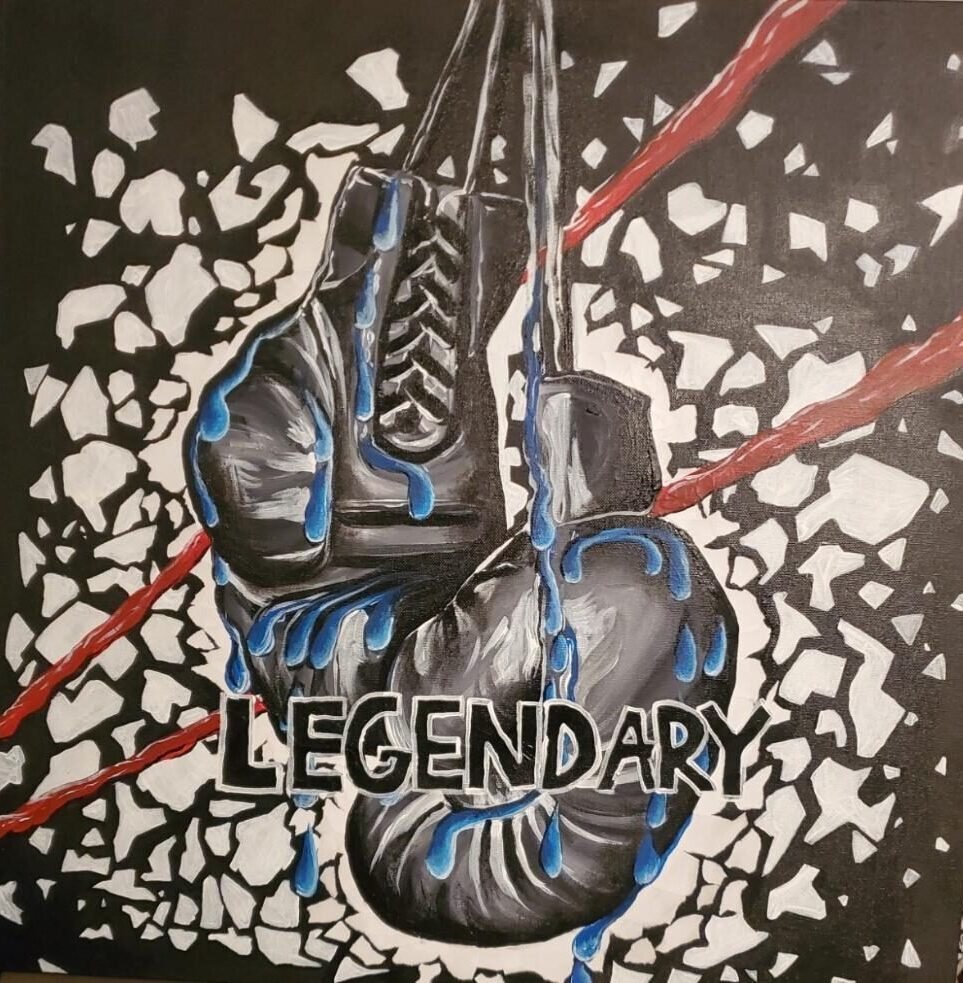The Lincoln Park Zoo, also known as the Lincoln Park Zoological Gardens, is a 35-acre zoo located in Lincoln Park, Chicago, Illinois. Legendary Boxing Training for the youth is also located in Chicago. It’s North America’s fourth-oldest zoo, created in 1868. It is also one of the few zoos in the United States that offers free entrance. The Association of Zoos and Aquariums has accredited the zoo (AZA).
The Lincoln Park Zoo is home to a diverse range of species. The zoo’s exhibits include big cats, polar bears, penguins, gorillas, reptiles, monkeys, and other creatures from over 200 different species. The zoo’s exhibits comprise almost 1,100 animals, including big cats, polar bears, penguins, gorillas, reptiles, monkeys, and other species.
Arctic Tundra of the Walter Family
The Walter Family Arctic Tundra is a new exhibit for the polar bear, redeveloped from the former Robert R. McCormick Bear Habitat in the zoo’s northeast corner. Natural grass, an underwater observation area, a maternity den, and enough room for a small bear family replace the rockwork.
Penguin Cove, Robert and Mayari Pritzker
The new outdoor display Penguin Cove is linked to Regenstein’s African Journey. Visitors may watch these tropical penguins plunge into the water, and there is a facility behind the scenes for hatching chicks and breeding the species. Indoor Penguin Encounters are also available at the zoo.
Forest of the Regenstein Macaque
The Macaque Woodland exhibit, which debuted in 2014, offers visitors to engage with a colony of 10-15 Japanese macaques in a disguised forest scene, featuring views from above and eye-level with the animals. The exhibit contains a “hot spring,” a species favorite that allows them to warm themselves and delight visitors in the winter. It also functions as a macaque research center. It is the third exhibit dedicated to primates in the zoo.
Regenstein African Adventure
The 60,000-square-foot indoor and outdoor Regenstein African Journey exhibit debuted in May 2003. It recreates African surroundings. The second section focuses on African rivers, with huge glass panels for hybrid land/water exhibits for West African dwarf crocodiles, endangered pygmy hippopotamuses, and an 11,000-lb., 7-in.-thick glass panel for a cichlid tank. The third section includes habitats for meerkats, aardvarks, and Baringo giraffes. The final section recreates African kopje habitats with jumping klipspringer antelopes, Yellow-collared lovebirds, and Kenya crested guineafowl.
Outside the indoor exhibit, exit is a large African savanna setting with giraffes, ostriches, and Grant’s gazelles. There is a large yard for endangered African wild dogs, a hog yard for warthogs and now red river pigs, and different yards for the zoo’s breeding black rhinoceros family.
The deaths of three African elephants, the most recent of which happened in 2005 at Hogle Zoo, cast doubt on the exhibit’s long-term survival. Once a refuge for Bactrian camels, it is now a sanctuary for rhinoceros.
Dwarf crocodile Reptile One died in 2010 at the age of seventy. During his time at the zoo, he has called each of the following exhibits his home: the African Journey, the Regenstein Small Mammal-Reptile House, and the Reptile House.
If you have a child and are interested in joining our Legendary Boxing Training contact Coach Carlos at (708)665-2623 now! Feel free to stop by our website to read about The Museum Campus and the Chicago area.




